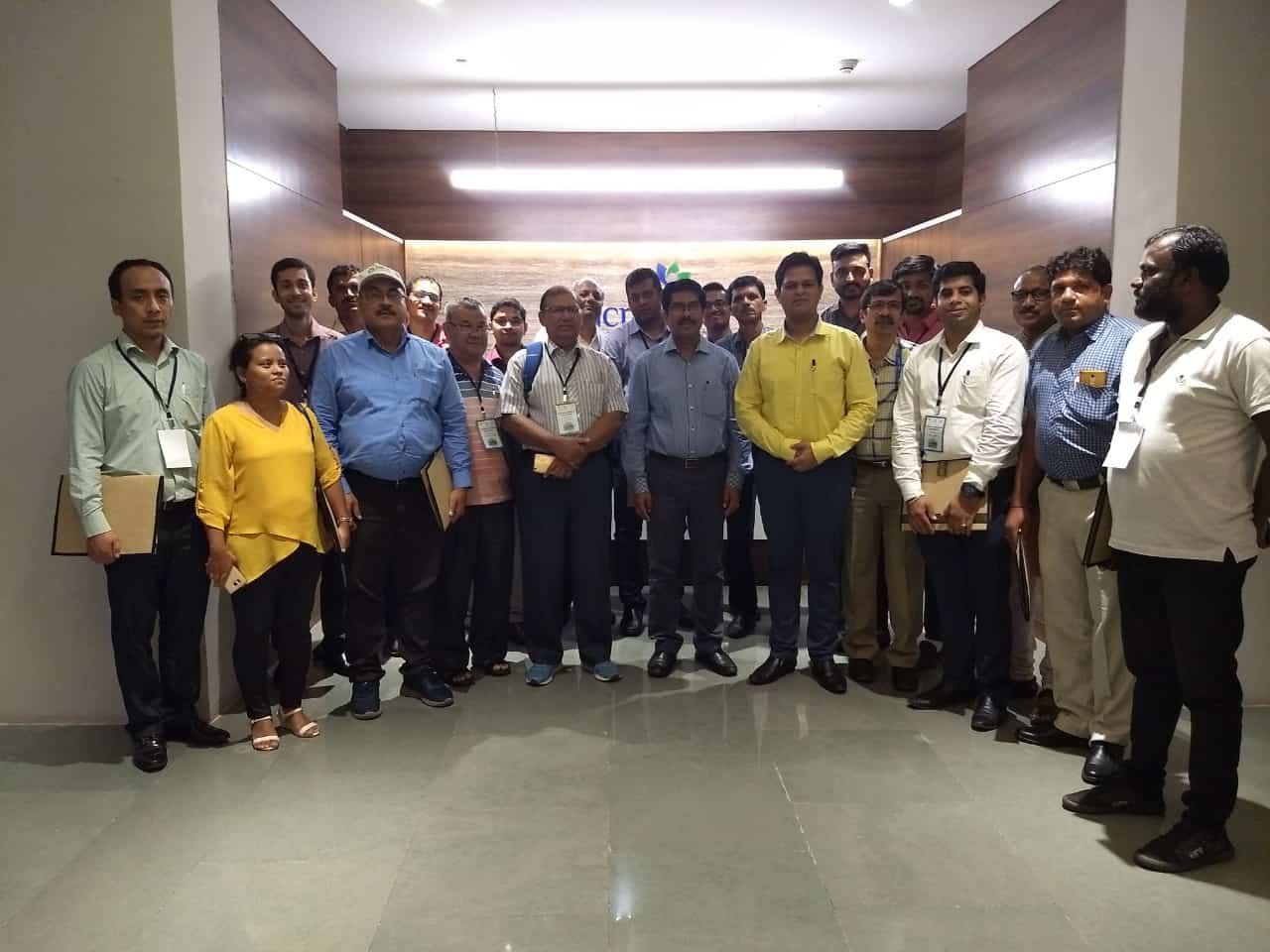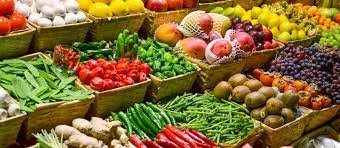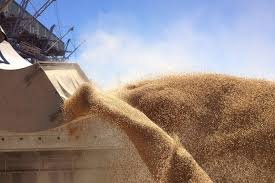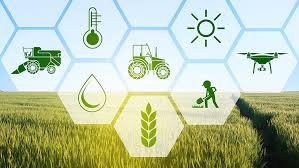The goals of developed and developing nations to increase food production by 70 per cent by 2050 can drive the market demand significantly
According to a comprehensive research report by Market Research Future (MRFR), ’Agriculture Equipment Market Research Report, Type, Service, Technology End User and Region – Forecast till 2027,’ the global market is expected to reach around $172 Billion by 2027, growing at a CAGR of 6.2 per cent over the assessment period.
The goals of developed and developing nations to increase food production by 70 per cent by 2050 can drive the market demand significantly. The introduction of subsidies to farmers and loan schemes for adapting modern methods can bode well for the market. Farm mechanisation refers to the use of modern vehicles for irrigation and harvesting crops that can favour the market. This can increase the output while keeping labour costs low. Government efforts to bring in farmers to the industrial fold by assuring timely assistance with fertilizers, crop seeds, and the right prices for their crops can influence farmers greatly. This is exemplified by the release of funds to states byequipment the central government of India through its Sub-Mission on Agricultural Mechanisation scheme for the establishment of farm machinery banks, distribution centres for machines, and custom hiring centres.
The prominent players of the global agriculture equipment market profiled are- Escorts, CLAAS, Daedong Industrial, Kubota Corporation, Mahindra & Mahindra, Iseki & Co, CNH Industrial NV, JC Bamford Excavators, Deere & Company and AGCO Corp.
New product launches and initiatives are taken by equipment manufacturers to create public awareness and sell their products are prime strategies of market players. Partnerships and collaborations to improve existing technologies can also be witnessed during the forecast period.
The COVID-19 outbreak has affected the supply chain of agriculture equipment which has in some extent foiled the plans of procurement of additional arable land for cultivation. The focus of companies for producing crops locally and sell to farm outlets is expected to drive the market demand significantly. New farm laws enabling companies to tie up with large farmers to gain stocks of viable crops in respect to customer demand may be suitable to the market. This is evident by the establishment of centres housing fresh farm produce.
The introduction of smart equipment capable of providing accurate metrics on soil quality and other parameters vital for a good harvest can disrupt the agriculture equipment market. This is exemplified by Caterpillar launching skid-steer loaders with room for attachment for other equipment for multi-tasking purposes. The tools in the machine can recognize new equipment and assign controls accordingly.
Farm monitoring platforms have gained prominence with the evolution of the Internet of things and the use of data for improving farming practices. Recently, FarmMicro has launched a farm control monitoring system, SmartFarm, for allowing farmers overall control of their equipment. Examples of applications are livestock monitoring and control of irrigation gates, rain gauges, and farm gates. The company has even partnered with John Deere to provide real-time data for proving insights into operations.
By product type, tractors are expected to capture a large demand share of the agriculture equipment market due to demand for self-driving tractors and low-weight tractors. Huge demand for cash crops and an increasing rate of mechanization in farm practices can drive the segment demand over the forecast period. On the other hand, harvesters can attain a huge market share owing to efforts by farmers to limit their dependency on labour and increase profits.
By function, the ploughing and cultivation segment is bound to maintain its dominance owing to the need for maintaining high productivity and improvement in soil fertility levels.
By sales channel, the aftermarket channel can record a strong growth rate owing to the establishment of various centres and stores dedicated to the repair of agriculture equipment. The large dependence on agriculture by a sizeable populace in countries of Argentina, Brazil, China, and India can augur favourably for the segment in the forthcoming years.
APAC is touted to lead the global market owing to increased demand for food by the large population residing in China and India coupled with the need for sustainable practices. Government support for enabling modern equipment for resident farmers and rising export of cereals from the region can bolster market demand. Indonesia has also vouched for local production of farm equipment with the government setting aside a fund for increasing yields and investing in rice science. Huge demand for tractors and investments to reduce harvest losses can drive the market.
North America has assumed the second position in the agriculture equipment market owing to the huge demand for tractors. Used farm equipment is another niche segment sprouting in the region owing to assurance on these products given by certified preowned programs. In addition, leasing of equipment to farmers in Canada and the U.S. may also bolster market revenues.
Western Equipment Dealers Association (WEDA) has selected Cambridge Global Payments as its main provider of currency transactions and foreign currency exchange in North America. This can benefit its clients and lead to savings on common transactions.
The global agriculture equipment market is bound to witness skyrocketing sales owing to a shift to modern equipment and sustainable farming practices. The huge industry for cash crops and loans offered to farmers for the purchase of equipment can boost market growth. Investments in yield productivity and prevention of harvest losses can influence market sales. The procurement of farm equipment integrated with the latest technologies can be witnessed in the coming years.
The goals of developed and developing nations














